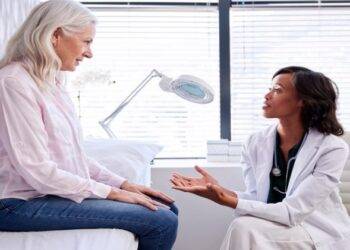During the years leading up to World War II, things were agitated. The US-Soviet allegiance from 1941 to 1945 was marked by a lot of cooperation and was very important in helping the Allies defeat the Nazis. The United States and Great Britain would not have been able to defeat Nazi Germany without the help of the Soviet Union on the Eastern Front.
Governing body of the military A poster that says the Soviet Union is good
As far as 1939 was concerned, it still seemed like a long shot that the United States and the Soviet Union would ally together. In August 1939, Stalin signed a non-aggression pact with Nazi Germany. This caused many problems between the United States and the Soviet Union. Exports of certain goods to the Soviet Union were put on hold after the Soviet Union invaded eastern Poland in September and launched an offensive against Finland in December. This was called a “moral embargo.” Franklin Roosevelt said that the Soviet Union was “a dictatorship as total as any other dictatorship in the world.” It didn’t matter what people told Franklin D. Roosevelt to do. He never forgot that Nazi Germany was the biggest threat to global peace. During an interview, Roosevelt said, “I would join hands with the devil if I had to fight that threat.”
President Franklin D. Roosevelt wanted to improve his relationship with the Soviet Union through diplomatic means after the Nazis took over France in June 1940. Sumner Welles and the Soviet Ambassador to the United States, Constantine Oumansky, met in Washington in July 1940 for talks. When U.S. embargoes were lifted in January 1941, Welles said that he didn’t like the Soviet Union’s new borders after the Soviets took over parts of Finland and Poland and reincorporated the Baltic Republics in 1940 didn’t like how the borders looked now. There was another time in March 1941 when Welles told Oumansky that there was a chance that Nazis might attack the Soviet Union. Finally, Roosevelt blocked attempts to stop the Soviet Union from getting help from the U.S. during the Lend-Lease debate in Congress in early 1941.
He is an undersecretary of state.
In June 1941, the Nazis decided to invade the Soviet Union. This was the most critical factor in getting the Soviets to join the United States at the war’s end. Roosevelt sent Harry Lloyd Hopkins, one of his most trusted advisers, to Moscow to see how the Soviet military was doing. As a result of two one-on-one talks with Stalin, Hopkins told Roosevelt that the Soviets would not last more than six weeks. Hopkins also said that Roosevelt should help them. At the end of October, we had our first Soviet Union Lend-Lease aid. As a country that fights, the United States began working with the Soviet Union and Britain as allies when it joined the war in late 1941.
The alliance was threatened by several issues that came up during the war. Even though British and American officials did not include the Soviet Union in covert talks with German leaders in March 1945, they could still get German troops out of Italy. A Soviet decision not to help the Polish Home Army during the Warsaw Uprising in August 1944 was one of the things on this list. In the end, the most contentious question was whether or not to build a second front in the Western part of the country. After the Nazis took over France in 1941, Stalin’s army couldn’t protect the Eastern Front from the Nazis. The Soviets begged the British to invade France. During World War II, Roosevelt said that the Allies would start a second front in the fall of the following year.












